Discovering Pierre Jeanneret: One of the Unsung Heroes of Chandigarh
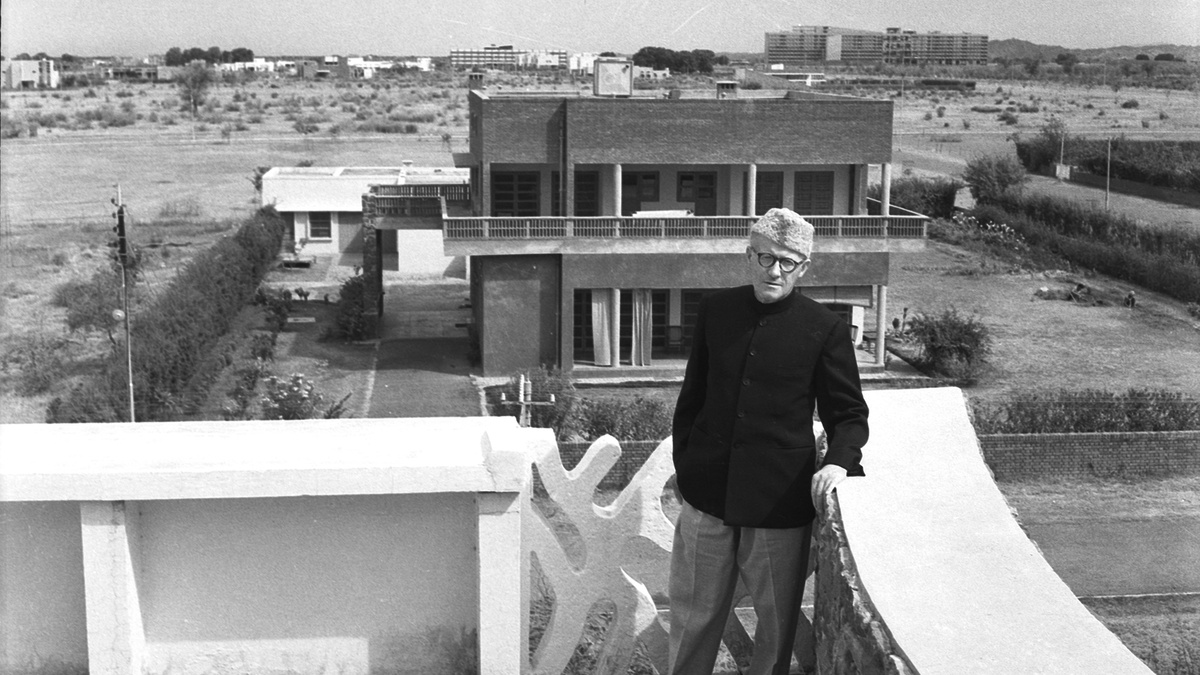
Pierre Jeanneret, Chandigarh, between 1958 and 1965. Thumbnail Image: Pierre Jeanneret in Chandigarh, 1964. Photographer: Jeet Malhotra. Images courtesy: Pierre Jeanneret Fonds, Canadian Centre for Architecture, Gift of Jacqueline Jeanneret.
Deepak Srinath
16.07.2016
Like most people, Le Corbusier was the only name I associated with Chandigarh. I had never heard of Pierre Jeanneret until I came across a pair of office chairs from Chandigarh in 2014.
Ironically, the chairs were introduced to me as 'Corbusier Chairs'. Only when I started researching Chandigarh's furniture heritage, did I discover the role of Pierre Jeanneret.
Chandigarh Without Jeanneret
Pierre Jeanneret’s life and work quickly became an obsession of sorts. His personality was as fascinating to me as the furniture he designed. In many ways, I saw his partnership with Le Corbusier as similar to George Harrison’s with Lennon/McCartney within The Beatles.
Jeanneret was the 'quiet one,' the unsung hero of Chandigarh. It would not be a stretch to say that Chandigarh as we know it would not exist without Jeanneret.
Pierre Jeanneret was was born in Geneva on March 22, 1896. He graduated from the École des Beaux-Arts in Geneva and continued his architecture studies at the École Nationale Supérieure des Beaux-Arts in Paris.
While in Paris, he reconnected with his older cousin and fellow architect Charles-Édouard Jeanneret, who by then had taken on the pseudonym Le Corbusier and was making a name for himself as an architect, painter, and intellectual.
Le Corbusier took the young Jeanneret under his wing and introduced him to his circle of friends. By the early 1920s, they had entered into a formal partnership and thus began a collaboration that lasted until 1940.
During this period they executed several important projects and developed a strong ideology of modernism.
Jeanneret was the 'quiet one,' the unsung hero of Chandigarh. It would not be a stretch to say that Chandigarh as we know it would not exist without Jeanneret.
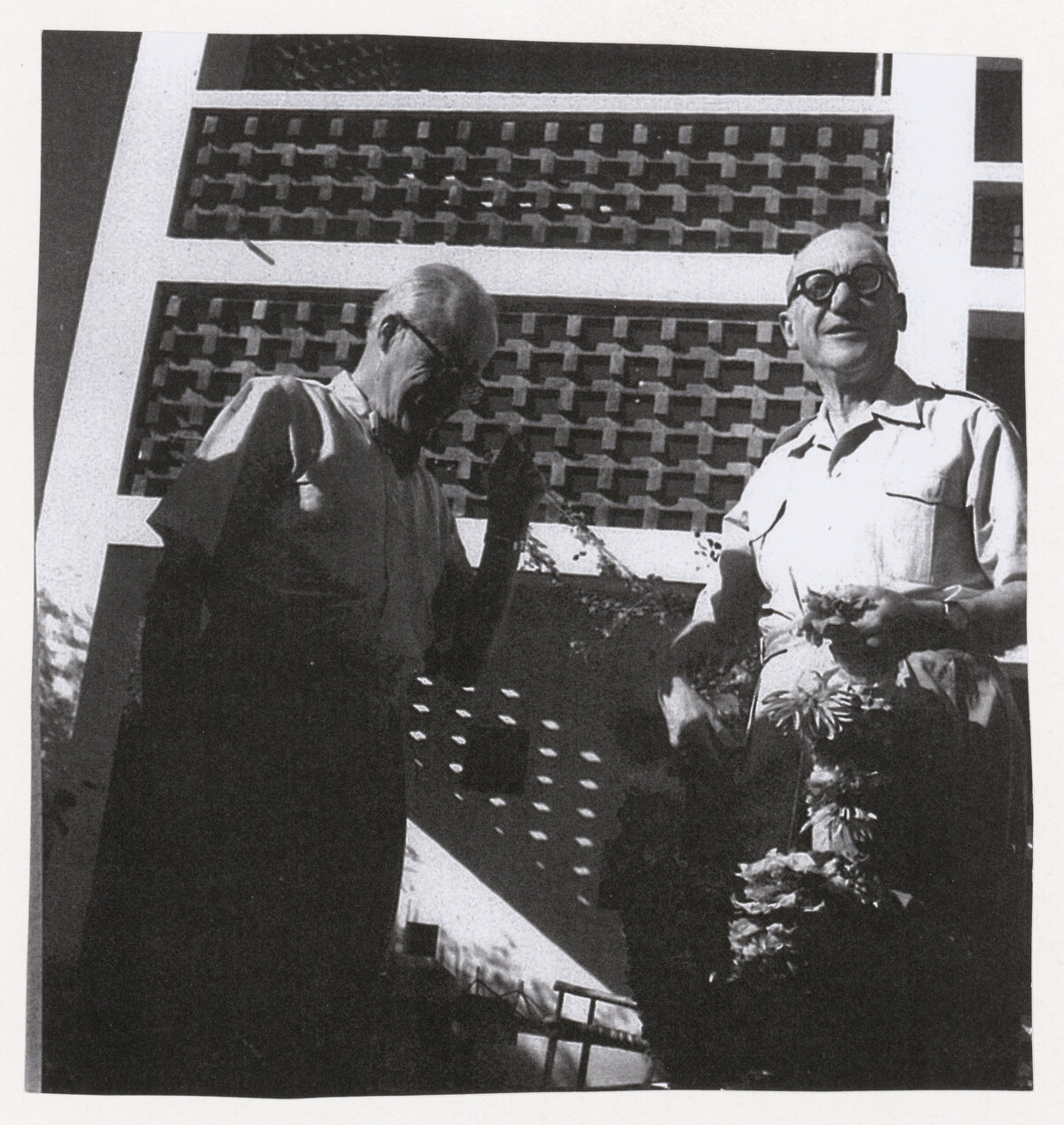
Image courtesy: Pierre Jeanneret Fonds, Canadian Centre for Architecture, Gift of Jacqueline Jeanneret.
Camaraderie Between Cousins
The relationship between Pierre Jeanneret and Le Corbusier was symbiotic. Le Corbusier valued Jeanneret's frankness; he was perhaps the only one in their team who could give him candid feedback and challenge his ideas.
Jeanneret had a tremendous work ethic, practical knowledge of materials, sound architectural skills, an ability to get things done, and a modesty that complemented Le Corbusier's volatile temperament. Above all, Le Corbusier had immense trust in Jeanneret and knew that he could always count on his support.
For Jeanneret, Le Corbusier was a genius and a hero who shared his hatred of bourgeois conservatism. He was shy and introverted by nature and this partnership allowed him to remain in the background.
Jeanneret's role was critical in Le Corbusier's success and rising fame during this period.
The relationship between Pierre Jeanneret and Le Corbusier was symbiotic. Le Corbusier valued Jeanneret's frankness; he was perhaps the only one in their team who could give him candid feedback and challenge his ideas.
Experiments With Furniture Design
An important development during this period was the beginning of Jeanneret's interest in furniture. He collaborated with Le Corbusier and Charlotte Perriand, a young designer who had joined their firm in 1927, and together they designed a series of furniture made from recycled steel tubing.
They subsequently designed furniture using hardwoods, creating their own distinctive style of joineries and leg styles. Jeanneret continued evolving these ideas, which culminated in the large number of distinctive furniture designs he created for Chandigarh.
With the advent of the Second World War and the occupation of France, things changed for Le Corbusier and Jeanneret. They had to leave Paris and each chose to take up different assignments – Le Corbusier with the pro-German Vichy government, and Jeanneret with a firm called BCC in Grenoble.
It has often been speculated that political and ideological differences caused the split. Jeanneret took up several assignments during the 1940s, including a stint in the U.S. as designer for the furniture-manufacturing firm Knoll.
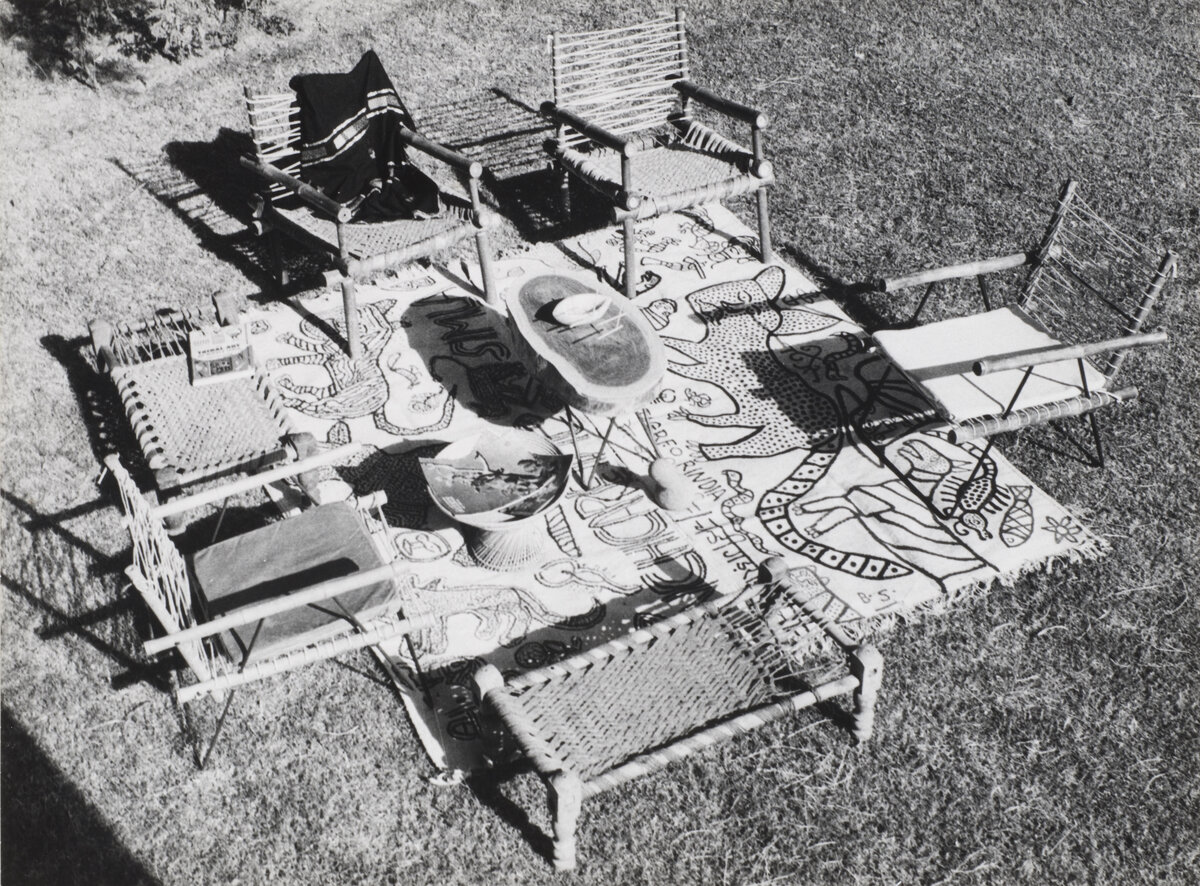
Photographer: Pierre Jeanneret / Image courtesy: Pierre Jeanneret Fonds, Canadian Centre for Architecture, Gift of Jacqueline Jeanneret.
Embracing India
When Le Corbusier took on the role of Chief Advisor to the Chandigarh Project, he convinced Pierre Jeanneret to take up a full-time position with him. Jeanneret first came to India in February 1951 and stayed on until August 1965.
Jeanneret embraced India, its culture, and its people, with honesty and sincerity. He understood the local context, climate, materials, and designed buildings accordingly.
Apart from his own designs, he was responsible for executing Le Corbusier's projects – no mean task considering his erratic temperament and the reality of executing a project in India.
Le Corbusier only visited Chandigarh twice a year for brief periods, and the responsibility for the ambitious Capitol Project, comprising the Legislative Assembly, the Secretariat, and the High Court, fell on Jeanneret.
He was appointed Chief Architect of Chandigarh in 1955, the Urban Planning Advisor to the Government of Punjab, and subsequently made Head of the Chandigarh College of Architecture.
Jeanneret designed several civic buildings, private residences, schools, hostels, and university buildings. The Gandhi Bhawan, an auditorium within the Punjab University campus, is considered one of Jeanneret's finest buildings in Chandigarh.
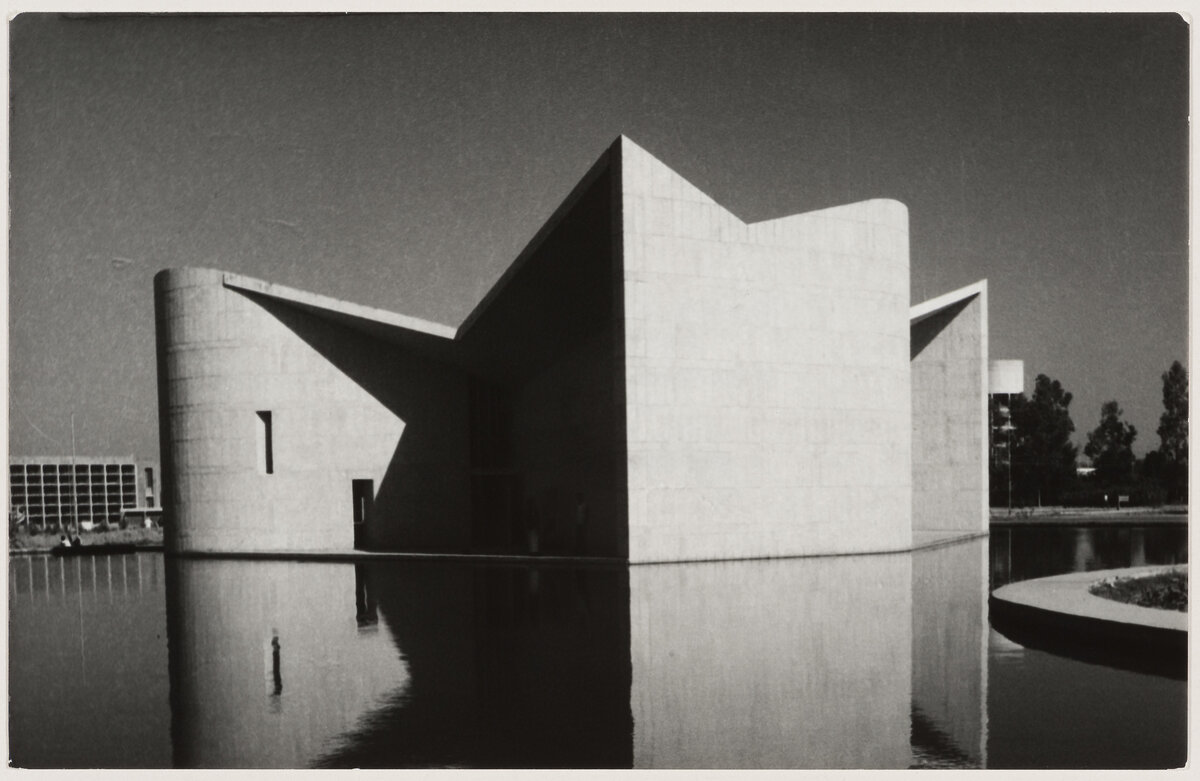
Photographer: Pierre Jeanneret / Image courtesy: Pierre Jeanneret Fonds, Canadian Centre for Architecture, Gift of Jacqueline Jeanneret.
Jeanneret embraced India, its culture, and its people, with honesty and sincerity. He understood the local context, climate, materials, and designed buildings accordingly.
Mentor to Indian Architects
Jeanneret mentored a team of young Indian architects in Chandigarh who would go on to define modern India’s architectural landscape. I have had the privilege of meeting and interacting with one of them, architect S.D. Sharma, who spoke of Jeanneret’s kindness and patience while entrusting him with complex projects.
Jeanneret lived a simple and austere life in Chandigarh. He designed furniture for his home from simple local materials like bamboo, canvas, and rope. He became great friends with his cook and caretaker. In his spare time he built boats and sailed them on Lake Sukhna, near his house.
By 1965 his health was failing and, unable to continue in Chandigarh, he went to Geneva where he was looked after by his niece, Jacqueline Jeanneret.
Pierre Jeanneret died on December 4, 1967 in Geneva, and as per his wishes, his ashes were scattered on the waters of Sukhna in his beloved Chandigarh.
It would be no stretch to say that Chandigarh as we know it would not exist without Jeanneret.
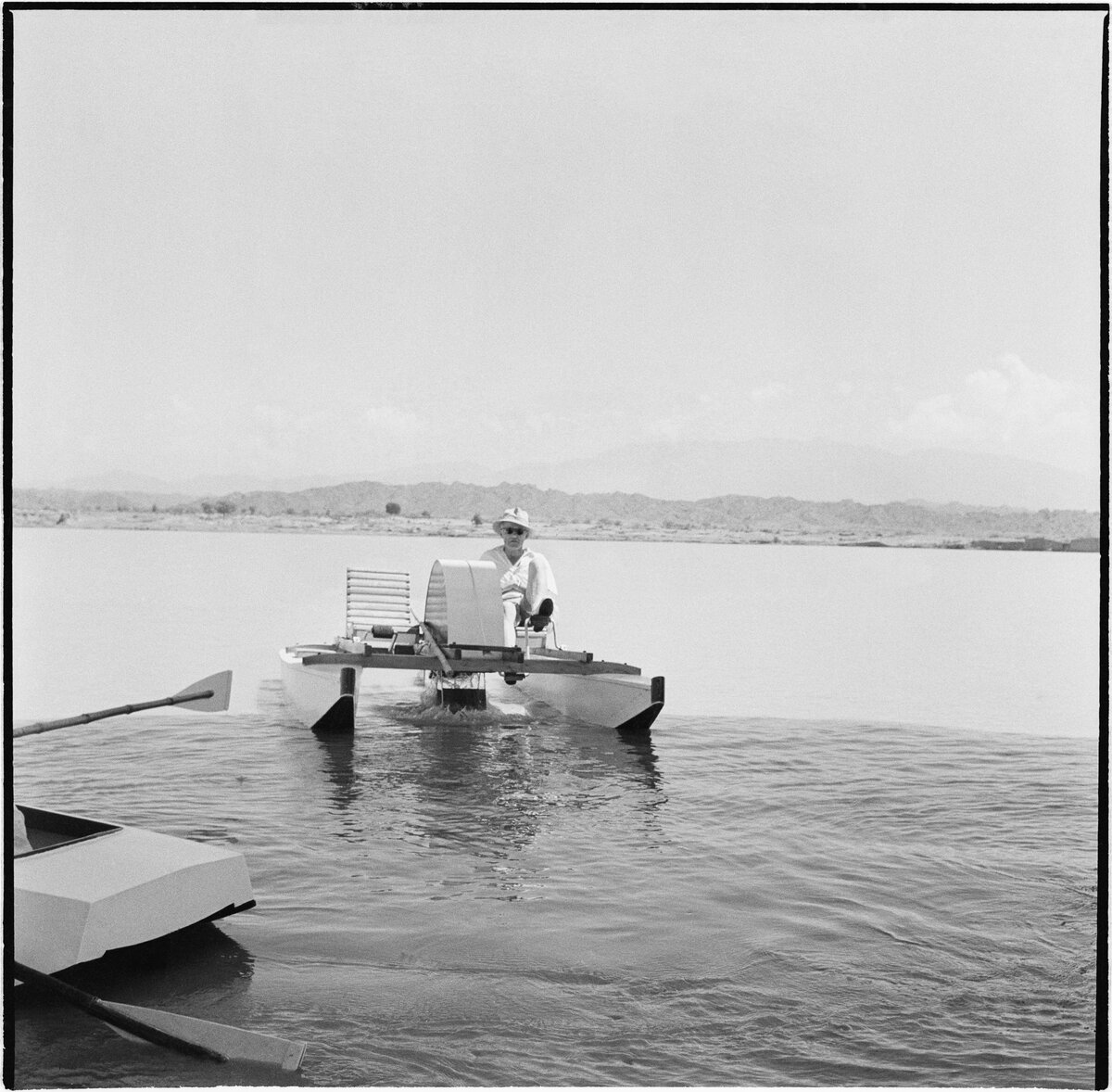
Image courtesy: Pierre Jeanneret Fonds, Canadian Centre for Architecture, Gift of Jacqueline Jeanneret.
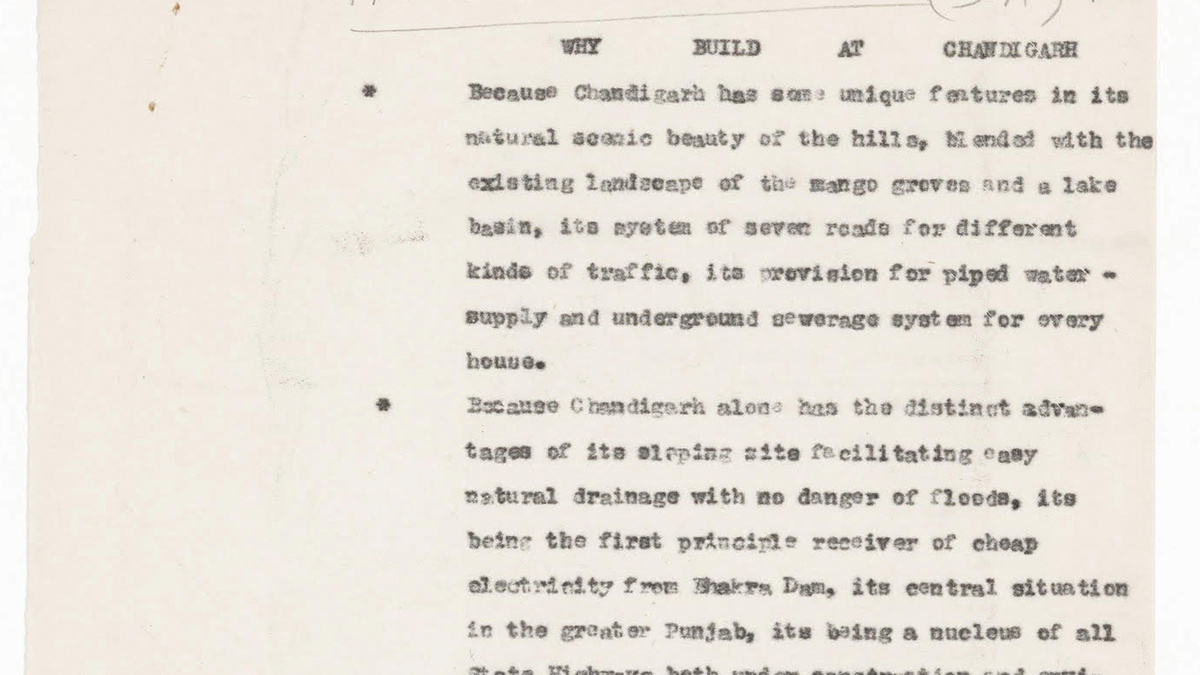
Phantom Hands Supports Canadian Centre for Architecture's 'Find and Tell' Program
Phantom Hands supported Dr. Sangeeta Bagga’s participation in the Canadian Centre for Architecture's 'Find and Tell' research residency in 2019 to study photographs from the Pierre Jeanneret archive.
Read More
In Conversation With Professor Vikramaditya Prakash: On the Authors of Chandigarh
Dr. Vikramaditya Prakash is Professor of Architecture at the University of Washington, Seattle and grew up in Chandigarh. Here he discusses the first generation of Indian Modernists who worked on the architecture & furniture of Chandigarh.
Read More